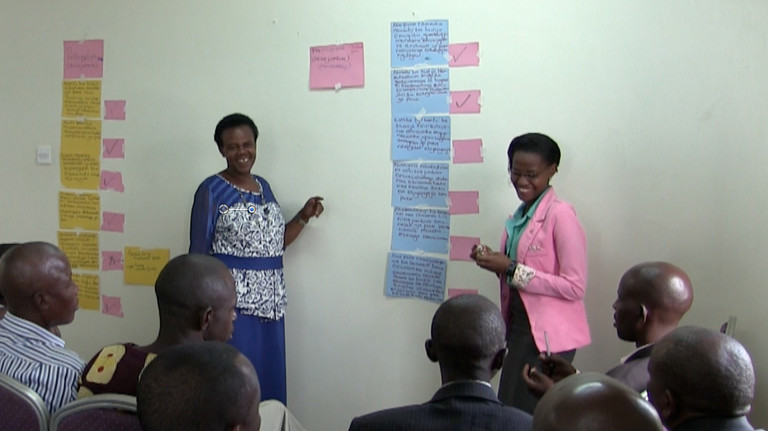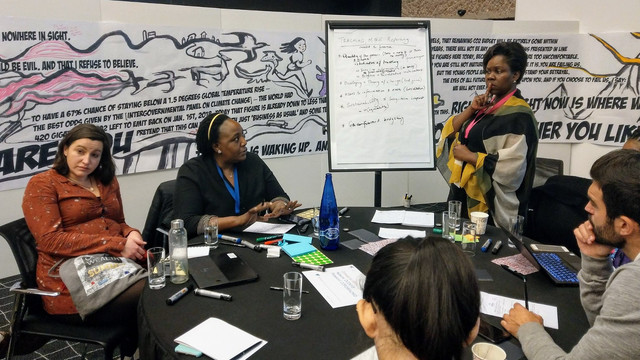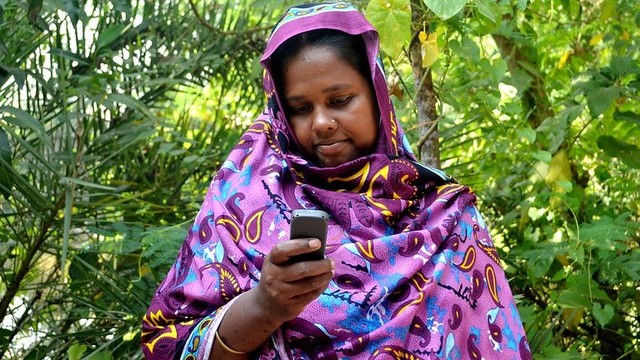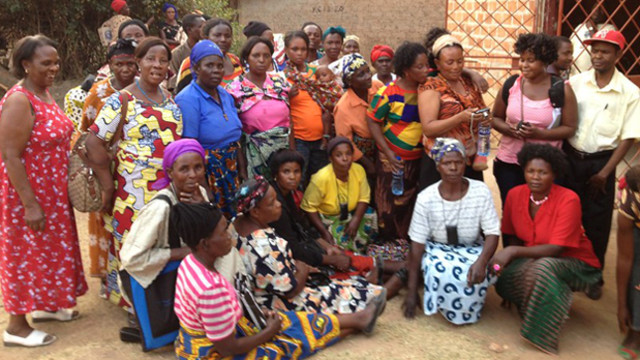Q&A: How can we achieve 'fairer conservation'?
Now is the time to consider understanding and assessing equity in protected area conservation, says Phil Franks.
 On 27 February, IIED senior researcher Phil Franks will present at an event at London Zoo on understanding and assessing equity in protected area conservation. He explains why now is the right time to consider this issue.
On 27 February, IIED senior researcher Phil Franks will present at an event at London Zoo on understanding and assessing equity in protected area conservation. He explains why now is the right time to consider this issue.
Why does it matter that we understand what is meant by 'fair conservation'?
PF: No one will ever be able to say what 'fair conservation' is because the goal posts inevitably move as context and expectations change, so I think what we are talking about and need to understand is how we achieve 'fairer conservation'.
Understanding this matters for two reasons. There's a moral argument and an instrumental one. The moral argument is that efforts to conserve biodiversity in the developing world continue to benefit the relatively rich disproportionately and often at the expense of people who are relatively poor and vulnerable to any negative impacts of conservation.
This is not inevitable. It reflects poor governance arrangements dominated by powerful groups, underpinned by convenient myths and wider patterns of discrimination in society that are barriers to governance reform – for example the marginalisation of indigenous peoples.
The instrumental argument is a response to the frequent failure to deliver better conservation in efforts to support local people's livelihoods in and around protected areas.
This conclusion is backed by 25 years of experience, yet the notion persists that keeping people happy with (ie supporting) conservation is all about the balance of material benefits and costs – a cost-benefit equation.
As in our own society in the UK, disadvantaged people are resentful of a system that fails to recognise and respect them and fails to take account of their views as well as their economic situation.
Research by IIED and others on conservation shows that poaching and other illegal activities can be motivated as much by resentment against the conservation system as by economic necessity/opportunism. Unless policymakers and practitioners wake up to this reality we may well see another 25 years of failed investments in people and conservation.
Why is this important now?
PF: Although people have been raising concerns over inequity/injustice of efforts to establish and conserve protected areas for more than 100 years, it is only in the last 15 years that international conservation policy has clearly acknowledged this and is seriously trying to address the problem.
A key target of the Convention on Biological Diversity (CBD) agreed in 2010 by all 196 signatories, states that protected areas should be "equitably managed" (ie Aichi Target 11). While there has been real progress with newly-established conservation areas (eg indigenous peoples' and community-conserved territories and areas), there is much less evidence of progress with the over 200,000 protected areas that are already established.
More broadly, the political wind seems to be changing regarding issues of equity and equality. Once rarely mentioned in discussion of public policy, issues of equity and equality are now mainstream, including being central to the Sustainable Development Goals (SDGs) and some of their targets. While the concept of equality is clear, equity remains fuzzy – conveniently fuzzy for some. This makes it hard to hold people to account for delivering more equitable conservation.

Right now, as we think about what the CBD strategy and targets should be from 2020 onwards, we have a major opportunity to shape how policymakers and practitioners interpret and apply the notion of equity in conservation. To be ready for this opportunity, IIED and a range of partners have been working for the past two years to understand what equity in conservation means in practice.
Why should assessments of equity and conservation focus on governance?
PF: Because social science and legal theory, confirmed by practical experience, indicates that equity in natural resource management and conservation (but not necessarily in other fields) revolves largely around established principles of good governance that already have a strong emphasis on equity.
One qualification with this is that we must beware of the assumption that if governance is equitable then social outcomes will also be equitable. Social outcomes are very dependent on the social context; for example, the impact of a certain amount of crop damage by elephants on the wellbeing of families living next to a protected area will depend on their existing situation.
An equitable programme to mitigate human-wildlife conflict should have affirmative action in favour of more vulnerable households, which may not be evident from governance considerations alone.
If we focus on protected area governance, what is the best way of assessing governance/equity?
PF: We should use an approach where key stakeholders in a protected area assess the protected area governance arrangements themselves. This is a multi-stakeholder self-assessment. This is best because:
- Where there is consensus on the results, these have much more credibility than an externally led, 'expert' assessment
- The assessment process builds stakeholder understanding of governance/equity and capacity to address governance/equity challenges, and
- Where all stakeholders willingly engage, the process builds trust, collective commitment to action and mutual accountability.
Your research suggests that investing in communities living in and around protected areas will yield better results (in terms of poverty alleviation and human wellbeing) if it focuses on improving equity rather than directly improving livelihoods. How is this so?
PF: This sounds like a contradiction I know. My theory is that the benefits of protected areas to people living in and around them, tend to be larger (and are often shared more fairly) than the benefits of a typical livelihoods project.
Thus, what matters most for local wellbeing are the benefits and costs linked to conservation, which will be more a function of equity than the benefits of a livelihoods project.
This assertion is not valid in all places but it is true enough I think to stimulate a healthy debate.
- Understanding and assessing equity in protected area conservation: a matter of governance, rights, social impacts and human wellbeing, Phil Franks, Francesca Booker, Dilys Roe (2017), IIED Issue Paper
The issue paper was funded by Ecosystem Services for Poverty Alleviation.
Contact
Phil Franks (phil.franks@iied.org), senior researcher, IIED's Natural Resources research group



